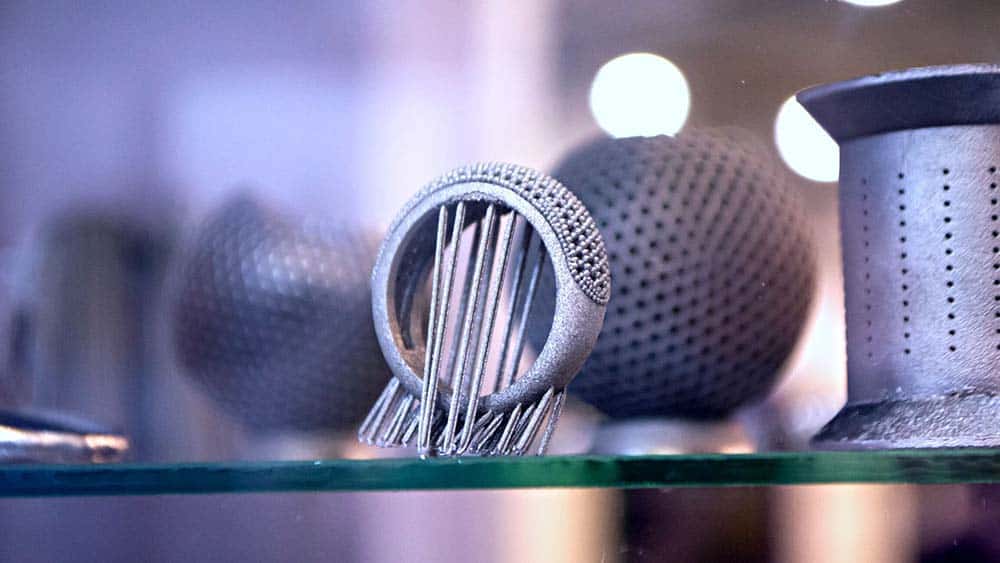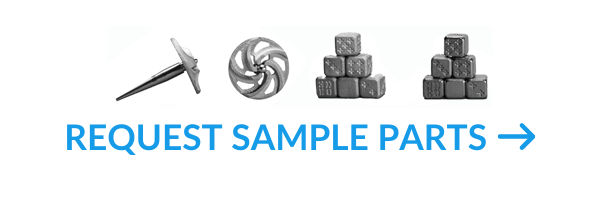 3D printing has often been portrayed as a natural complement to injection molding. After all, injection molding is a high-leverage manufacturing process where extremely high tooling costs are offset by low unit costs at high volumes. Additive manufacturing (AM), particularly where metals are concerned, has presented the balancing value proposition with tooling and setup costs representing a relatively low figure in comparison to the steep per-part variable costs. However, innovation in these two fields has presented an intriguing combination of the technologies: using AM technology to produce molds and mold inserts.
3D printing has often been portrayed as a natural complement to injection molding. After all, injection molding is a high-leverage manufacturing process where extremely high tooling costs are offset by low unit costs at high volumes. Additive manufacturing (AM), particularly where metals are concerned, has presented the balancing value proposition with tooling and setup costs representing a relatively low figure in comparison to the steep per-part variable costs. However, innovation in these two fields has presented an intriguing combination of the technologies: using AM technology to produce molds and mold inserts.
Some of the advantages to this approach closely mirror the advantages of 3D printing end-use products or components. For example, required changes are easier with printed mold inserts than with CNC-milled parts; highly complex, conformally-cooled mold inserts are easier to develop using AM; and, the cost of a 3D-printed mold insert can be significantly lower than a traditionally-manufactured mold.



